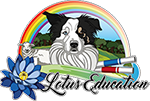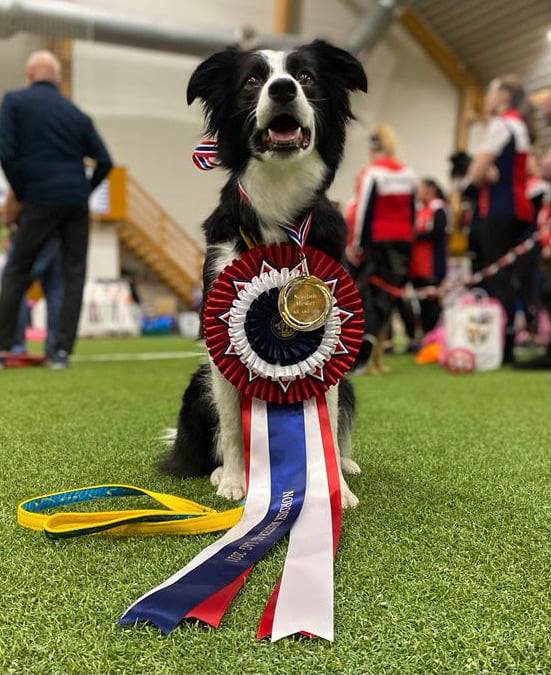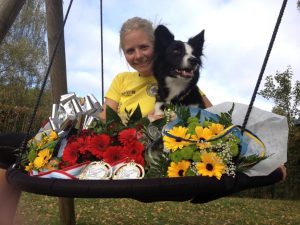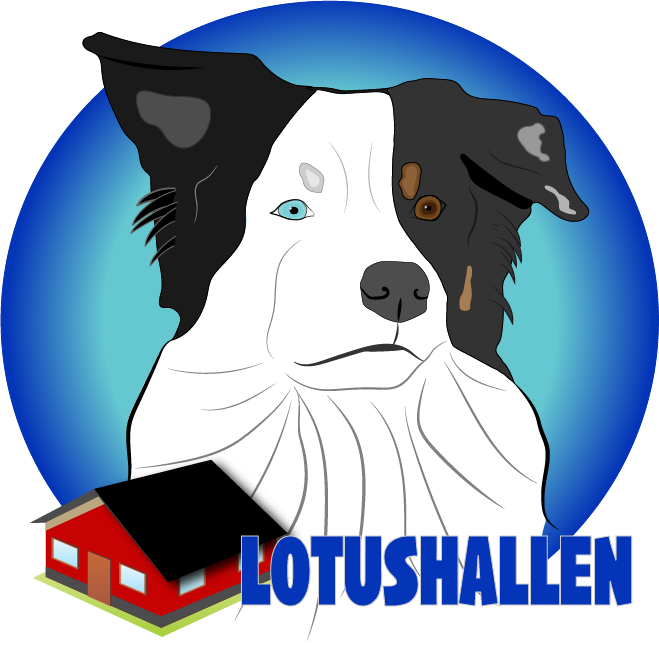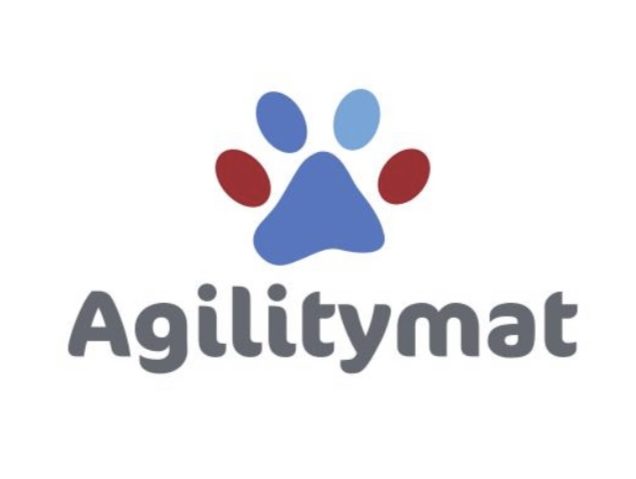Our Running Contacts – a summary in text and video
I don’t have my own method, I was not the first who trained running contacts and I have not much experience of training running contacts. But I have got many questions how we trained with Lilli, what method we used and also if I give lessons or seminars in RC. No, I don’t give seminars and I don’t really teach about RC. I can tell about my experiences and I can guide my students a bit if they want, without any thoughts about calling myself an expert.
But as I’m totally in love with RCs, since we started the process with Lilli, and as I know many people are still curious and willing to try, I decided to explain in as much detail as possible how I and Nettan has trained Lilli’s contacs. At first I had to convince Nettan that it was a good idea to try RC but once we started she’s as addicted as Lilli and me!
We tried some different methods before we decided which one we liked the most and in the end we have mixed the training with own ideas and trouble shouting during the process, so I can’t say we have used one totally plain method. But we have more or less been following Daisy Peel’s concept. I liked the idea about rewarding with Manners Minder (a food machine with remote control) so we had a little bit of time to think if it was a good hit or not and still the reward was in front of the dog, even if I was late with the remote control for rewarding. She was also pretty slow in the beginning and that was kind of nice because it was easier to see her strides..;) Another positive thing was to only reward good tries. For me that was useful and it made it clear for both me and the dog. The last but not least good thing with this method was that turns were introduced pretty much in the initial part of the training process. I think that training gave the dog a great understanding what was important.
Visit Daisy Peel’s website for more information, online courses etc!
I started to let Lilli run on a flat plank, when she was around six months. I threw a ball in advanced and in this way she got the idea about searching the plank, run fast and fluid and to get a reward in front of her as long as she kept running straight. I raised the plank slowly but when we came around 40cms high, she changed her running style and she got more tries with some kind of jumping style instead. The second problem was that I’m such a bad ball thrower and I hit Lilli, the roof and threw also backwards… The perfect rewards were in minority and I didn’t feel that we got any structure or progress in the right direction anymore. After about three months of running the plank we had an almost eight months long break from contact training. When we started again we had decided to follow Daisy Peel’s method how to train running contacts. We first trained Lilli’s drive for the Manners Minder (we never got her totally turned on the MM and with my next dog I will start to train with the MM in all kind of situations from the very beginning) a lot, then we again let her run on the flat. First we let her run to the MM on a long carpet and then we switched to a plank again. When she had a high score of low hits we gradually raised the plank. In the beginning Lilli was running pretty slow, she was motivated for the MM but not like she was for toys, however it seemed that she got the idea pretty quick: to run all the way down the plank and get low hits. We trusted Daisy when she said Lilli will add speed as she get more sure what to do. We trained mostly to stay behind her to make her independent and focused on the MM. Later in the process we slowly introduced our own movement and different positions.
When we had raised the plank to table hight we introduced turns by moving the MM to the side. When Lilli tried to take a shortcut and cross over the contact diagonally she simply didn’t get any reward. The next time we asked for a better try, lower than before but it didn’t have to be perfect to get the reward. We continued by shaping and operant teaching to let her find out that she needs to go straight and low down the contact – no matter what speed she has or how the situation looks like. Lilli understood pretty quick there was no idea to take a shortcut and cross diagonally over the contact. She was already used to work operant when we trained tricks and all other things and I think that helped a lot. I think some dogs might get unsecure and confused and if that happen it might be a good idea to have some kind of small markers in the end, to help them keeping straight all the way down.
Then Lilli and me went to America on a four months long trip, and we travelled around to many different places, which was good because she could get a varied training in different environments. I had no plank, so I used the down plank on the DW. First I used it separately and placed on the table like at home. A few times I was alone when I trained early in the morning, and the easiest way to manage the situation was to let her try running the last part of the DW on full hight. She actually did pretty well but she was still a bit slow and suddenly I decided to change the MM to a stationary toy, to get more speed. I kept the concept of shaping and not rewarding mistakes and she added a lot more speed with the toy, so now it was ”just” to combine the two ways of training! 🙂
The following five to six months was pretty intense with RC-training and not that much other agility training. We took every opportunity to train in different places and on different obstacles. We varied between turns and straight lines after the DW but the majority of tries we trained straight lines with a lot of speed from and to tunnels to build up confidence in every situation.
Our original plan was to have both stopped and running contacts, stopped for turns and running for straight lines. Then we changed our minds as we changed method and we planned specific turning commands for the DW that should be used for only turns after DW. We introduced those commands but we didn’t really get the results as we hoped for, so I experimented with a few other variants. In the end she responded really well to her name for soft turns and her verbal turning commands, as we have for jumps and tunnels, for sharp turns. So we simply added those verbal commands for different situations including turns after the DW. The tricky part has been to first of all find out the best possible timing for the commands to keep the speed but at the same time give her time to plan the turn and the second thing is to remember to plan what to say and when to say it, in the course-walk!!
We have no idea how many strides she takes or what time she has on the DW, we have only been focusing on teaching her to keep running with a low style, hit low and run as fast as she can 🙂
When we started to compete with her we expected to have a long period of mistakes in trials because of new situations, new obstacles etc. We expected she needed time to get really confident to do as she was doing in training. But she has been doing so much better during her first nine months of competing than what we ever had dared to wish for!
It has been tricky to handle sometimes and also a bit scary but at the same time so, so, so exciting, awesome and fun. And RC is a never ending story, you have to reinforce and conserve the behaviour, work to improve the dogs confidence and there are always new situations to train, how to handle situations before and after the DW! 🙂
We are prepared for setbacks and situations that we need to train more. We realize that she still can make mistakes and that’s normal I suppose, even though she has missed only a few isolated times during her first 33 trial days. But the best thing about RC is that you don’t need to ”train” in competition, hold any criterias, blame yourself for not being consistent and bring the dog back if they leave the contact before the release command. If the dog misses it’s just to smile and train more! 🙂 For me it makes both training and competition so much more fun and worth every second we have spend on training RC.
